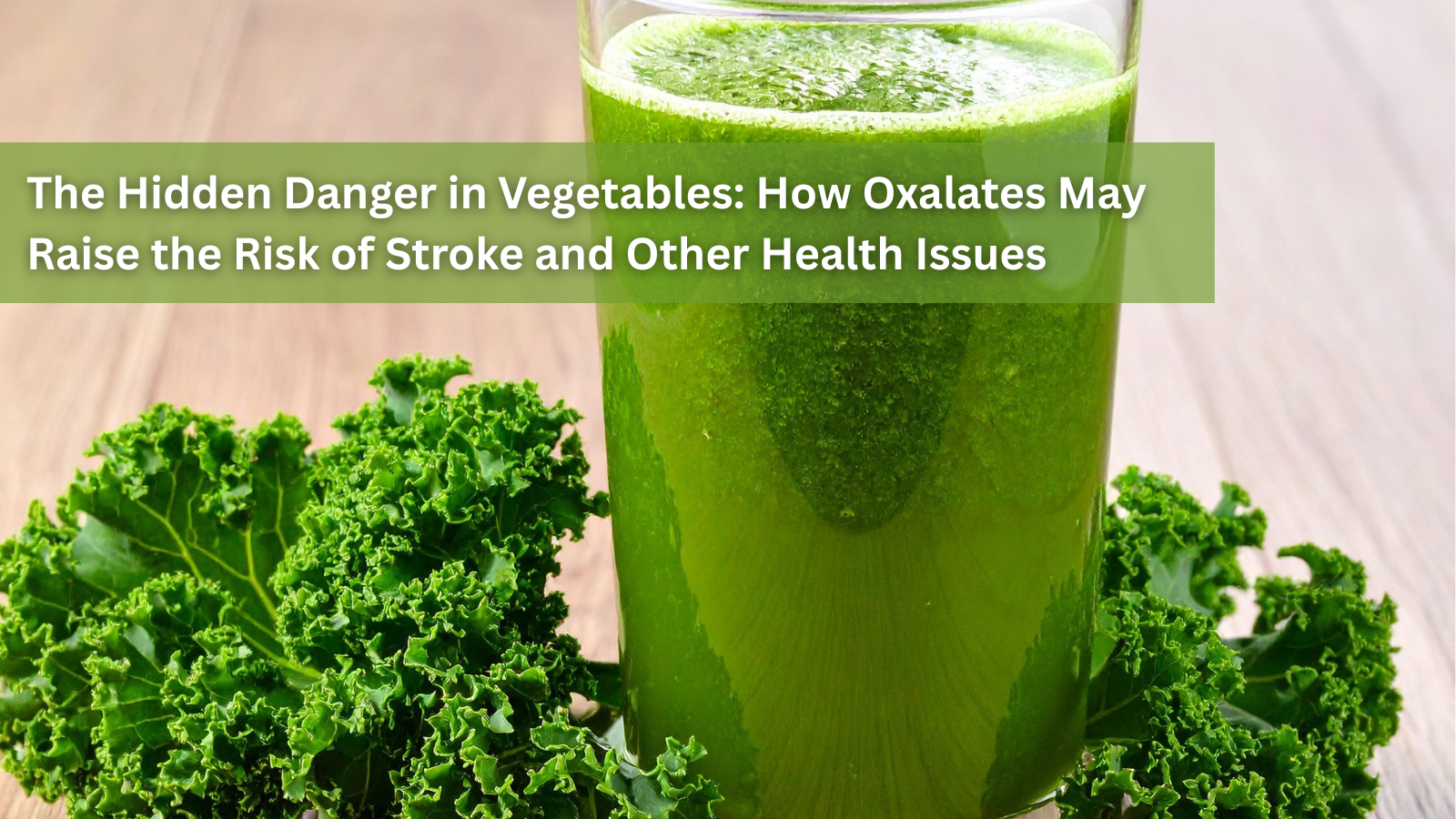The Surprising Link Between Air Fryers and Cholesterol Oxidation

In the world of cooking, air fryers have taken center stage. Promising healthier meals by reducing the need for excessive oil, these kitchen gadgets quickly became a favorite for health-conscious individuals and busy home chefs. However, recent research has sparked a fascinating (and somewhat alarming) conversation about their impact on our health, specifically when it comes to cholesterol oxidation products (COPs) – compounds that can play a role in heart disease. If you’ve been air-frying your favorite fish fillets for dinner, you might want to read on.
What Are Cholesterol Oxidation Products (COPs)?
Before we dive into the research, let’s get a quick understanding of what COPs are. Cholesterol oxidation products are chemicals that form when cholesterol in food is exposed to heat and oxygen. These byproducts are known to have inflammatory effects and are implicated in cardiovascular diseases. The formation of COPs can also lead to the hardening of arteries and increase the risk of atherosclerosis.
While COPs can be found in many fried or heated foods, they tend to be more prevalent in foods containing higher amounts of cholesterol – and this is where things get interesting with the air fryer.
Major Research Studies: Air Frying and COPs in Fish
Several studies have recently explored the effects of air frying on fish, a staple in many diets due to its healthy omega-3 fatty acids and protein. While these nutrients are beneficial for heart health, the process of cooking fish, particularly in an air fryer, may not be as heart-friendly as we thought. Let’s explore some key research findings.
1. The Formation of COPs in Fried Fish
A study published in the Journal of Agricultural and Food Chemistry (2021) analyzed the impact of different cooking methods on the formation of COPs in fish, focusing specifically on tilapia and salmon. The researchers found that when fish was cooked using conventional frying methods, the levels of COPs were significantly higher than when the fish was steamed or grilled.
But what’s particularly concerning is that when fish was air-fried at high temperatures (around 180-200°C), the COP levels spiked even more. Air frying, despite requiring less oil than deep frying, still exposed the fish to enough heat to trigger the oxidation of cholesterol. The study concluded that air frying led to an increase in COPs compared to other cooking methods, especially with fatty fish like salmon.
2. The Impact of Air Frying Temperature and Time
Another study conducted by the Food Chemistry journal in 2022 explored how varying the temperature and cooking time in an air fryer impacted the levels of COPs in fish. The results were eye-opening: higher temperatures (above 180°C) and prolonged cooking times resulted in a significant increase in COPs.
Researchers found that fish cooked at temperatures lower than 160°C did not produce much in terms of COPs, but once the temperature hit the 180°C mark, the oxidation process accelerated rapidly. The study highlights that, while air frying is generally considered a healthier alternative to traditional frying methods, it is crucial to monitor temperature and cooking times to minimize potential risks associated with COPs.
3. A Comparison with Other Cooking Methods
Interestingly, air frying wasn’t the only method to show concerning levels of COPs in fish. Traditional deep frying and pan-frying also resulted in a significant increase in these byproducts, but air frying was found to be particularly potent when fish was exposed to high heat for longer periods.
In a comparative study published in Frontiers in Nutrition (2023), researchers examined different cooking methods, including grilling, steaming, pan-frying, and air frying, to understand their effect on the levels of COPs. While all methods showed some increase in COPs compared to raw fish, air frying resulted in the highest levels when fish was cooked at high temperatures. The study noted that grilling and steaming produced far fewer COPs, suggesting that these might be better options for those looking to preserve the nutritional integrity of their fish.
Why Does This Matter?
While the occasional air-fried fish dinner might not cause immediate health problems, regular consumption of foods rich in COPs can potentially lead to long-term health risks, including heart disease and stroke. Cholesterol oxidation products are known to contribute to the formation of arterial plaque, and they can also cause inflammation, both of which increase the risk of cardiovascular conditions.
Should You Stop Using Your Air Fryer?
Not necessarily. Air fryers do offer a significant health advantage when compared to traditional frying methods, mainly because they use less oil, which can reduce the overall calorie and fat content of your meals. However, as these studies show, high temperatures can still lead to the production of harmful byproducts, especially in foods like fish that are naturally high in cholesterol.
Here’s how you can still enjoy your air fryer without the worry of too many COPs:
-
Cook at Lower Temperatures: Keep your air fryer at temperatures around 160°C to avoid overheating the food and reducing the formation of COPs.
-
Avoid Overcooking: Shorten the cooking time whenever possible. Overcooking at high temperatures can increase the oxidation process, so try to find the optimal cooking time for your recipes.
-
Choose Leaner Cuts of Fish: Opt for leaner fish like cod or haddock, which have lower cholesterol levels than fattier fish like salmon. This may help reduce the overall amount of COPs that form during cooking.
-
Experiment with Other Cooking Methods: While air frying is convenient, don’t be afraid to switch it up with grilling, steaming, or even baking. These methods may help preserve more of the healthy nutrients in your fish while keeping COP levels low.
Conclusion: A Healthier Approach to Air Frying
Air fryers may be the convenient, healthier alternative to deep frying, but they’re not entirely free of concerns when it comes to cholesterol oxidation products. By being mindful of your cooking techniques and temperatures, you can still enjoy delicious, heart-healthy meals. After all, balance is key – a little knowledge and a few simple tweaks can make a big difference in how you prepare and enjoy your favorite dishes!
So, next time you’re tossing that fish fillet into the air fryer, just remember to keep an eye on the temperature and time, and you’ll be one step closer to a healthier meal. Bon appétit!
1 comment

October 30, 2025
Your Thyroid Is More Than Just a Gland — It’s the Master Regulator of Your Body
The thyroid is one of the most underrated glands in the body. It controls your metabolism, digestion, body temperature, and even influences your cardiovascular system. I often talk about how emotions are stored in the body, and when it c...
Read more
October 30, 2025
The Hidden Danger in Vegetables: How Oxalates May Raise the Risk of Stroke and Other Health Issues
When we think of a healthy diet, vegetables often top the list. Rich in vitamins, minerals, and fiber, they are considered a cornerstone of nutritious eating. However, a growing body of research suggests that certain vegetables—particu...
Read more
October 30, 2025
Book Review: The Toxic Tooth – Could a Root Canal Be Making You Sick?
In recent years, the intersection of dental health and overall well-being has become a hot topic of conversation. While we’ve long been aware that our teeth impact our quality of life, the idea that dental procedures like root canals c...
Read more




Thank you!! I am truly grateful that you pointed this out.
Leave a comment